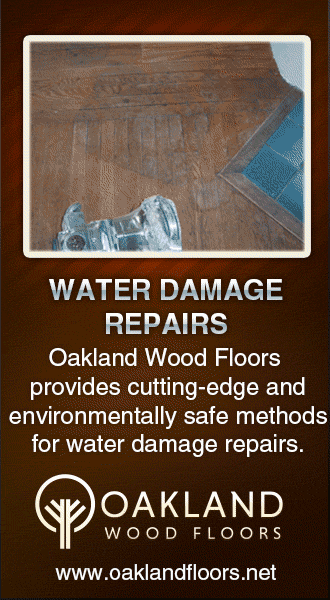Choosing the best wood flooring for your home involves both preparation and education. It’s important to identify the look you want, your specific flooring needs and where the flooring will be used. As you familiarize yourself with the different varieties, quality and durability of wood flooring, you can determine the best budget for yourself and make the most informed decision.
The look of wood flooring is typically the starting point in this decision-making. While the wood color should harmonize with the décor of the home, building or room, the flooring itself needs to stand the test of time. That’s why understanding the grade (hardness) of flooring is critical. The level of foot traffic where the flooring will be installed should be considered when choosing the color and type of wood. Lighter stained woods tend to show less wear than darker ones. Softer woods, like fir and pine, can dent or scratch very easily — although for many this “weathered” look is quite desirable. Harder woods like maple and oak will stand up well to high-traffic and require minimal maintenance.
The color and type of wood you choose can also be an important factor in resale value of your home. Understanding the kinds of wood flooring homebuyers are looking for will help you make a smarter decision. Eco-friendly flooring, like sustainable bamboo and unique, one-of-a-kind reclaimed wood flooring, are particularly attractive to today’s eco-conscious buyers.
There are several types of wood flooring, each designed to fit different needs. Solid wood flooring is the highest quality and can last 100 years or more with proper care. It requires professional installation and is usually the most expensive flooring option.
Pre-finished wood flooring comes pre-stained with a long-lasting, durable finish and is simple to install. Unfinished wood flooring allows you to choose your own stain color and finish but does involve effort like sanding. Acrylic flooring is excellent for high traffic areas because it is scratch resistant and highly durable.
Engineered wood is an excellent choice for humid or extreme climates because it is constructed of several layers of wood veneer over plywood that can shrink and expand with changing weather. Unlike solid wood, engineered wood can go over concrete — making it easier to install.
Reclaimed wood is antique wood that comes from a variety of sources, often salvaged from old buildings, homes or barns. Exotic woods like bamboo and Brazilian cherry, while generally the most costly of the solid woods, can also be found in lower-cost engineered varieties.
The final decision about wood flooring often comes down to affordability. While some may be looking for the least expensive way to cover a floor, most people want the best value for their money. This is one of the most important factors to consider because even a slightly larger expenditure on higher quality wood can add exponentially greater value.
Regardless of the type you choose, quality wood flooring can be an investment that pays dividends in decades of warmth, beauty and enjoyment.
Choosing the Best Wood Flooring
Copyright ©
2007 - 2025
Oakland Wood Floors



